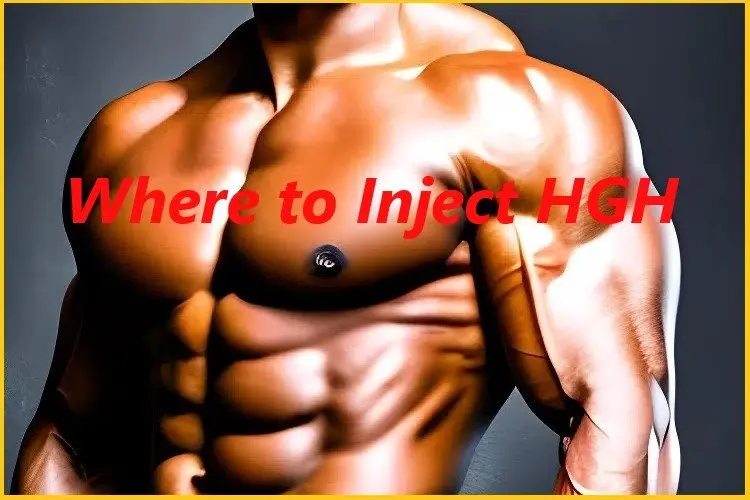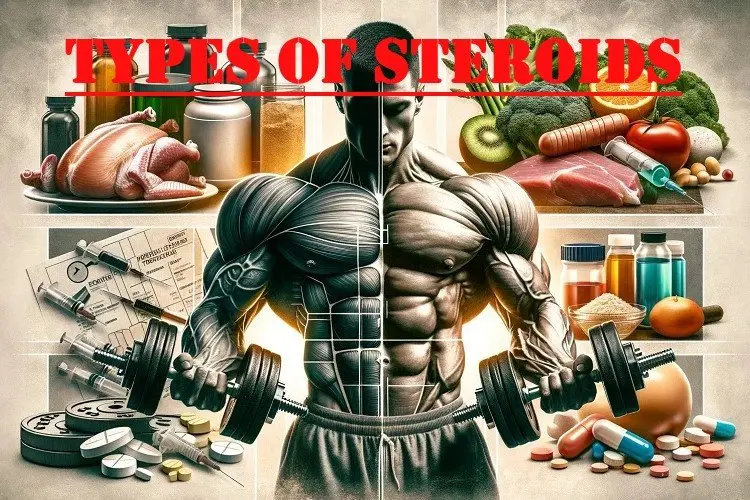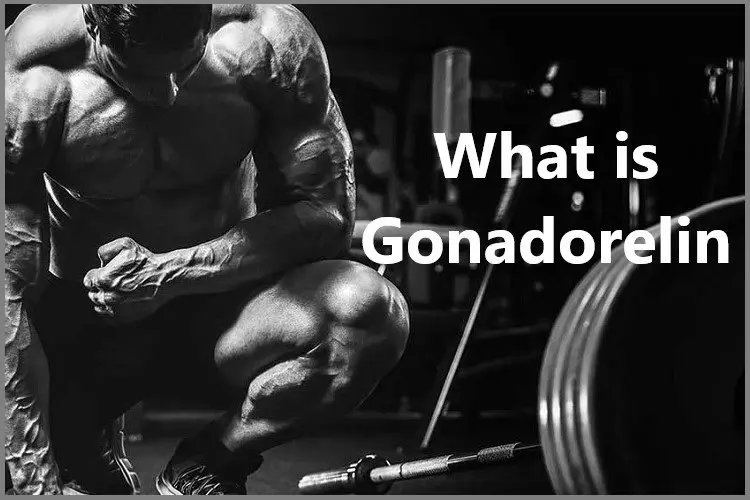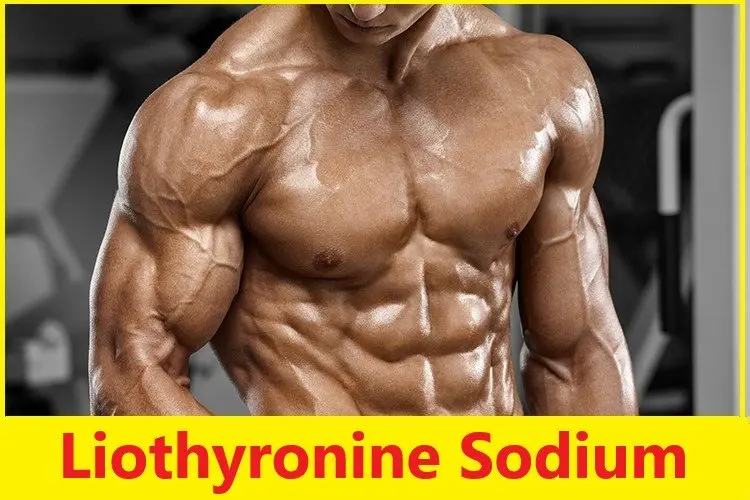Where to Inject HGH?
 Where to Inject HGH?
Where to Inject HGH?
Human Growth Hormone (HGH), also known as somatotropin, plays a pivotal role in cell growth, reproduction, and regeneration. It's a hormone that's naturally produced by the pituitary gland, but in circumstances where the body fails to produce sufficient amounts, synthetic HGH is prescribed. Such cases include growth hormone deficiency in children and adults, chronic kidney disease, Turner syndrome, and muscle wasting diseases associated with HIV/AIDS. Given its critical applications, the administration of HGH is a matter of precise science. This essay explores the best practices for HGH injection, including the most suitable sites on the body, the importance of proper technique, and considerations for maximizing the effectiveness and minimizing the discomfort of HGH injections.
Optimal Injection Sites
One of the primary routes of administering HGH is through subcutaneous injections, where the hormone is injected into the fatty tissue just beneath the skin. This method is favored because it allows for a slow, consistent absorption of the hormone into the bloodstream. The most common sites for subcutaneous HGH injections include:
1. Abdomen: The abdominal area, especially the fatty layer around the belly button but not within 2 inches of it, is a preferred site. The ample fat pad offers a good cushion for the injection, and this area tends to absorb insulin well. Patients are advised to rotate sites within the abdomen to avoid lipohypertrophy – a condition where fatty lumps appear due to repeated injections at the same site.
2. Thighs: The upper outer quadrant of the thigh is another common site for HGH injections. This area is not only easily accessible but also has a good layer of fat for subcutaneous injections. Similar to the abdomen, it's crucial to rotate sites along the thigh to prevent tissue damage.
3. Buttocks: The upper, outer quadrant of the buttock is sometimes used, particularly in children or adults with more significant adipose tissue. However, it can be difficult for patients to reach this area for self-injection.
4. Upper Arm: The area on the back of the arm, between the shoulder and elbow, can be used but is less commonly recommended due to the thinner fat layer and the difficulty some patients have in administering an injection in this area themselves.
Injection Technique
Correct technique is vital in administering HGH injections to ensure the hormone is properly absorbed and to reduce discomfort. The process involves several steps:
- Preparation: First, ensure that the injection site and your hands are clean. If using a vial, make sure the HGH is properly mixed according to the manufacturer's instructions. For pre-filled pens, check that they are ready for use.
- Insertion Angle: For subcutaneous injections, a 45 to 90-degree angle (depending on the injector's body fat thickness) is recommended. A 90-degree angle is generally used for individuals with more significant adipose tissue.
- Injection: Once the needle is inserted, the plunger is gently pressed until all the hormone is delivered. The needle should then be withdrawn and a gentle pressure applied to the site with a cotton swab or gauze. It's important not to rub the area vigorously, as this can disrupt the absorption process.
Considerations for Effective and Safe HGH Injection
- Temperature: HGH should be injected at room temperature to reduce discomfort.
- Rotation of Sites: Rotating the injection sites prevents the development of fibrous tissue and ensures consistent absorption.
- Timing: It's often recommended to take HGH injections in the evening, mimicking the body's natural growth hormone secretion cycle, although the doctor's advice should be followed.
- Follow-up and Monitoring: Regular follow-ups with a healthcare provider are necessary to adjust dosages and monitor the effectiveness and potential side effects of the treatment.
Conclusion
Injecting HGH is a complex process that requires careful attention to the site and technique to ensure effectiveness and minimize discomfort. The abdomen, thighs, buttocks, and upper arms are the primary sites used for subcutaneous injections, with the choice of site depending on individual factors like the amount of adipose tissue. Proper technique, including the use of the correct angle and a clean method of administration, is crucial. By adhering to these guidelines and maintaining vigilant follow-up care, patients can achieve the maximal benefit from HGH therapy while reducing potential risks.
References:
Articles

Steroids are a class of drugs that are synthesized hormones that are naturally occurring in the body. They are used to treat various ailments such as asthma, allergies, arthritis, and some cancers. The 3 main types of steroids are tablets, syrups and liquids. Tablets are a form of medications where active ingredients are ground down and pressed into small pills or tablets. Steroid tablets are commonly prescribed to treat asthma,

Gonadorelin, a pivotal biomedical marvel, represents an intricate symphony of biochemical ingenuity, its existence interwoven with the vast narrative of human understanding and manipulation of physiological processes. This synthetic decapeptide, echoing the natural gonadotropin-releasing hormone (GnRH), stands as a testament to our burgeoning capability to mimic and modulate the body's most intimate cellular dialogues.

What is Liothyronine? Liothyronine is a component to support hypothyroidism issues and myxedema coma, which can be taken by injection and by mouth. It might have a certain side effects such as weight loss, headache, fever, headache, as well as anxiety. It may be thyroid cancer or T4 or T3 peripheral tissues that can be countered with Liothyronine. Hypothyroidism can be lowered with this component as oral or injectable.
Customers Feedbacks
Please leave your feedback on products or service below.
Thank you beforehand.


